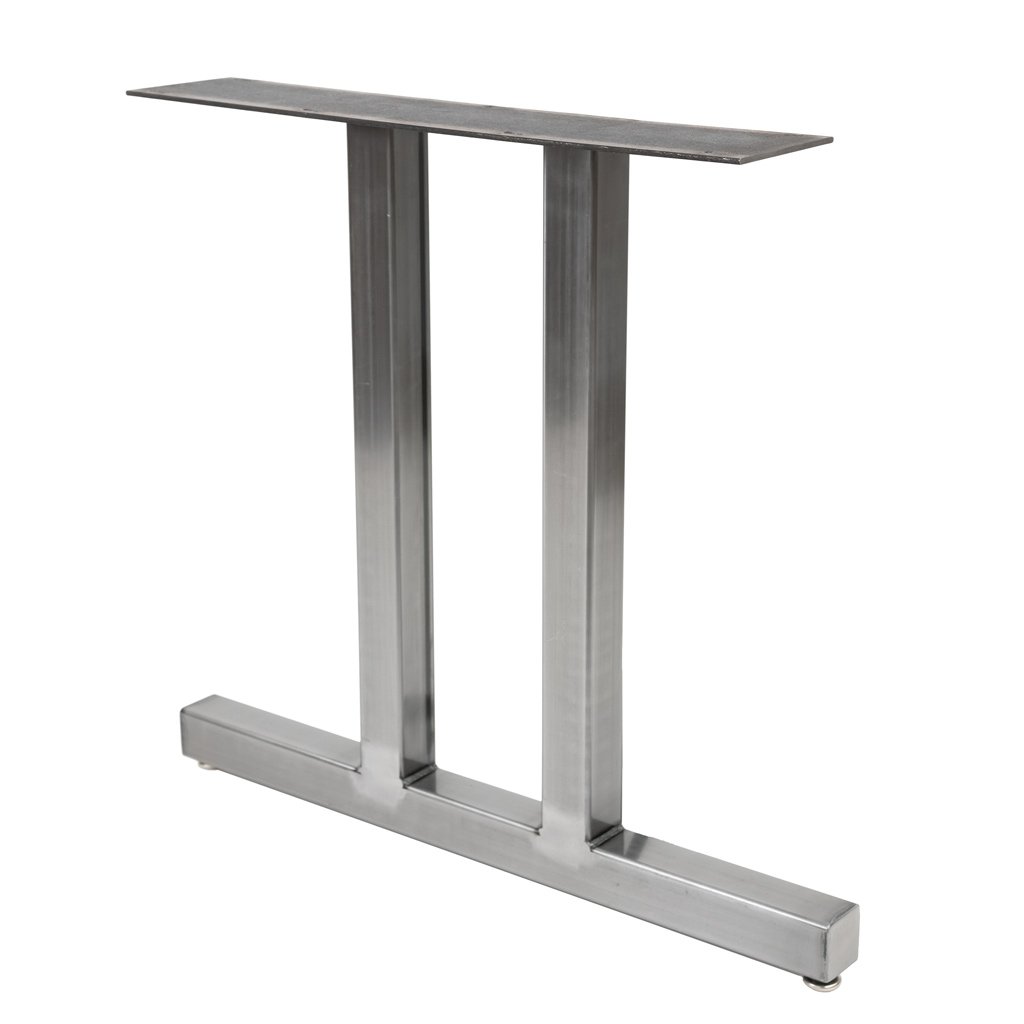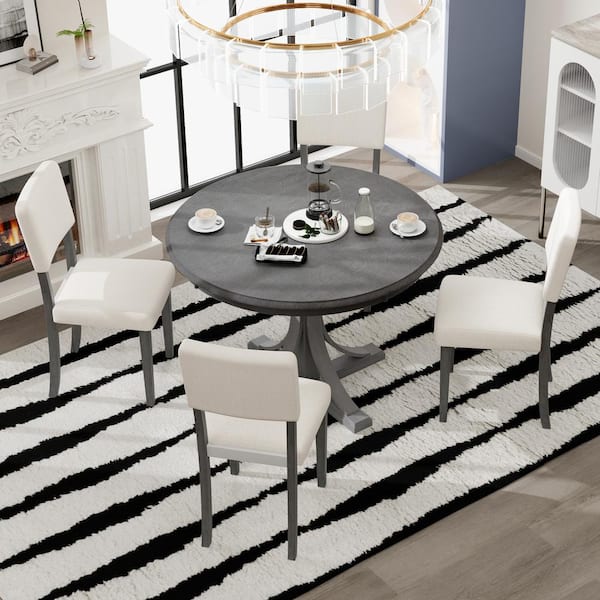Simple Steps to Replacing Old Dining Room Table Legs with New Ones
Simple Steps to Replacing Old Dining Room Table Legs with New Ones
Blog Article
Exactly How to Pick the Perfect Dining Room Table Legs for Your Home Design
Choosing the perfect dining room table legs is a nuanced procedure that calls for cautious consideration of various components, including your room restrictions, aesthetic preferences, and useful requirements. The interaction between designs, dimensions, and products can dramatically affect the atmosphere of your dining location, making it vital to approach this decision carefully.
Assess Your Eating Space
Assessing your eating space is crucial for picking the right table legs that complement both visual appeals and capability. Begin by determining the dimensions of your eating area, consisting of ceiling height, flooring space, and closeness to other furnishings. This info will certainly assist determine the proper size and elevation of your dining table, which straight affects the option of table legs.
Next, take into consideration the style and design of your eating room. An open-concept layout may benefit from table legs that use aesthetic lightness, such as slender metal or acrylic choices. Alternatively, a more conventional setup could call for durable wooden legs that supply a feeling of durability.
Evaluate the existing color scheme and products in your eating location. Balancing the table legs with these aspects produces a cohesive look that enhances the total style.
Inevitably, a thorough assessment of your eating room will direct you in making an informed choice, making certain that your table legs not just improve the aesthetic charm however also offer sensible functions.
Consider Your Style Preferences
When choosing eating space table legs, it is vital to show on your personal design preferences, as they significantly affect the general aesthetic of your eating area. Your choice of table legs can either enhance or comparison with existing decoration, making it essential to straighten them with your favored interior decoration style.
If your home leans in the direction of a modern-day aesthetic, take into consideration smooth metal or minimal wooden legs that give a clean, minimalist look. For an extra standard method, luxuriant wooden legs with detailed carvings can include a touch of beauty and sophistication. Industrial styles profit from robust, resources such as recovered timber and metal mixes, reflecting a tough charm.
Furthermore, farmhouse and rustic designs typically prefer durable, beefy legs that evoke a feeling of warmth and convenience. On the other hand, if your design is eclectic, you might select unusual shapes or a mix of products to create visual passion.

Evaluate Material Options
The choice of material for dining space table legs plays a crucial duty in both resilience and aesthetic charm. Typical products consist of timber, steel, and composite alternatives, each offering distinctive characteristics that can influence the overall look and long life of your table.
Wood is a traditional option, understood for its heat and adaptability. Woods like oak and walnut give exceptional strength and can be ended up in numerous discolorations to match any kind of style. Nonetheless, softwoods like ache are extra vulnerable to scratches and dents, making them less ideal for high-traffic areas.
Metal legs, frequently crafted from steel or aluminum, show modernity and commercial appeal. They are extremely resilient and immune to wear, making them ideal for households with children or frequent celebrations (dining room table read more legs). Furthermore, metal can be ended up in different colors, boosting the personalization possibilities
Composite products, such as MDF or laminate, offer affordability and varied styles. While typically much less resilient than solid timber or metal, they can still give an elegant appearance and are usually simple to maintain.
Eventually, the material you pick must line up with your lifestyle, visual choices, and the level of usage your table will certainly experience.
Determine Height and Dimension
Selecting the ideal elevation and size for your dining-room table is crucial for both performance and convenience. The conventional height for dining tables typically ranges from 28 to 30 inches, permitting sufficient legroom for the majority of individuals when seated. It is important to think about the measurements of your dining area and the kinds of chairs you plan to utilize.

Furthermore, consider the proportions of your dining-room. A larger table in a roomy area can produce a grand atmosphere, while a smaller sized table functions well in more intimate settings. Eventually, the best height and size will harmonize with your overall design and enhance the dining experience for you and your guests.
Explore Customization Opportunities

Additionally, the design of the legs can be tailored to fit different designs, such as rustic, modern-day, or industrial. For circumstances, conical legs can evoke a mid-century modern-day feel, while beefy, block-style legs might resonate with conventional or farmhouse decoration.
Home owners can also explore shade surfaces, from natural wood discolorations to paint, enabling them to match or comparison with the tabletop and bordering design.
Moreover, leg height can be adjusted to suit specific seating arrangements or individual choices, improving both convenience and performance.
Last but not least, his explanation distinct decorations, such as carvings or ornamental braces, can even more individualize the table legs, making the dining experience not just a dish but a statement item in the home. By taking into consideration these personalization alternatives, homeowners can develop a dining room table that genuinely mirrors the original source their individuality.
Final Thought
Picking the perfect dining area table legs calls for careful consideration of different variables, including the dimensions of the dining area, design choices, product durability, and desired height. Personalization alternatives better enhance the ability to achieve a cohesive aesthetic that matches the general style. By methodically reviewing these components, homeowners can ensure that the chosen table legs not only satisfy functional demands but likewise contribute positively to the dining experience and ambiance of the home.
Selecting the perfect dining room table legs is a nuanced procedure that calls for mindful factor to consider of numerous components, including your area restrictions, aesthetic preferences, and practical needs.Assessing your eating room is vital for choosing the right table legs that match both looks and performance.When figuring out size, measure the location where the table will certainly be put to ensure it fits pleasantly, permitting for at least 36 inches of clearance around the table for easy activity. A bigger table in a roomy area can develop a grand atmosphere, while a smaller table works well in even more intimate settings.Picking the excellent eating room table legs calls for mindful consideration of various variables, consisting of the dimensions of the dining space, design choices, product toughness, and desired height.
Report this page